World Fine Art Professionals and their Key-Pieces, 60 - Olphaert den Otter
World Fine Art Professionals and their Key-Pieces, 60 – Olphaert den Otter
Olphaert den Otter’s studio is located in the Lambertusstraat in Kralingen. At the time I was there, mid-summer this year, he was very busy with the Arte Concordia 2015. The Avenue Concordia would be transformed into a kind of Tuileries.
In the middle of the Avenue there were large sculptures of fourteen artists a few weeks later. And there were many colorful flags on the fronts of the houses. It was initiated by the residents and Olphaert was asked to curate the event, which he did wholeheartedly.
The Ketelfactory
At the moment I met Olphaert, this was lying ahead. He just got in the studio, on a Thursday in July. It looked tidy. On the top of an open attic works were vertically lined up. On the walls there were two artworks. Left a canvas on which he was working, called CURE. In the middle I saw a vehicle with all kinds of military equipment. Left under a floating sphere. Olphaert den Otter: ‘I’m still working on that. It will be our planet.’ He turned a ‘twin-painting’in the corner around. This painting was finished. ‘It’s called CARE, I saw a makeshift tent in a forest. There is also a globe in th same dimensions as in CURE, the floating earth. ‘They are counterparts: Vita Contemplativa (CARE) versus Vita Activa (CURE).’
The paintings will be exhibited in April next year in an exhibition in De Ketelfactory in Schiedam. “Snapshots of a lager order” it will be called. Twenty artists take part. Den Otter’s works will be shown in a little pavilion. Besides these two works, there is a third, a large round work that will hang just below the ceiling, with a circumference of 240 cm. Den Otter: ‘That’s the earth itself.’The idea for the exhibition came from the book “Door het beeld / Door het woord” (Through the image/Through the word”), an interview series of Henk Steenhuis and Rene Gude with visual artists in the newspaper Trouw, later published as a book. All participating artists are in the book.
World stress paintings
Olpaert den Otter makes series. Some series are finite, others are infinite. In gallery Maurits van de Laar I had seen examples of an infinite series, the World Stress Paintings. That series began in 2009. It now consists of more than 170 works. It’s about adversity, caused by the four elements: water, fire, earth and air. Painted is the moment just after the disaster, as fire, flood, tornado or a sudden ‘gap’ in the earth has been unfolded. People are absent.
The colors are bright, which is partly due to the use of egg tempera, the paint Olphaert den Otter uses. He makes the paint himself. It requires a lot of practice to be able to make that type of paint. Den Otter: Egg tempera has a very strong visual presence. It won’t be a ‘film’, as in acrylic or oil paint. Because there is no visible binding agent, it is quite bright. It is similar to gouache. If you have painted once, you can get over it, but only one time. If you go back with your brush, it dissolves. I’m doing it for thirty years.’
The Estate
To the right of his studio also hangs a painting. It’s of large size, 153 x 306 cm. Its is called ‘De Buitenplaats’ (The Estate). It’s made in 2007. It’s the final painting of a series of 127 works, de Stal & Kluismorfologie (The Stable & Safe Morphology). Olphaert shows me a sketch, made in 2003. We see a half-open cabin in a wooded area, surrounded by water. It is a place far away from civilization.
I then look at the painting on the wall. In essence, the same as the sketch, only bigger and more colorful. Den Otter: ‘Years ago I saw out of the trainwindow a hut in the fields. It was made by a vagrant. The train had passed Schiedam. At one of the branches of a tree he had hung an orange tarp. I immediately made the association with the international style of the have-nots. At the makeshift shelters you always see pallets. Thus you get off the ground, it gets – how strange it may sound – a little comfortable.‘
The last shack of the world
We look again at the painting. The shack is supported by four trees, a birch left. On the pallet is a red carpet on which a TV with a somewhat bright white screen. In front hang a kind of kiddle and a green-blue cloth. From the back, the shack is closed off by black agriculture sail. The shack stands on an island in the middle of the water. In the distance there are some other islands. They appear to be continents, but on their heads. Left I see North America, South America, right Europe and Scandinavia. Tucked away behind the shack must be Asia. So the shack is obviously near the North Pole.
Den Otter: ‘It can happen to us all. You find yourself at a certain point in a hut. There only needs to be something dramatic, and there we go. You wander around and find a sail. ‘I can set’. You see the hut of Elckerlyc, Everyman. And around the world: Scandinavia, Ireland, England, Eurasia, Alaska. It is the last hut of the world. You do not know if there is someone or not. You do not know if the TV is on.’ Above left I see a glass windshield, broken. It appears to be an allusion to the glass of Duchamp. ‘Duchamp had it exhibited, but when it came back it was broken. “Now it’s really finished”, Duchamp said. Not only the valuable, but also the lousy was inspiring. I repainted those cracks in the glass carefully.’
All in a shopping cart
With this painting Olphaert den Otter took 126 Stable & Safe paintings together. And various themes in his work as well. The Stable & Safe paintings are based on the works of old masters with a stable or safe on it, often with a biblical theme, to more recent works. He consistently removed all persons, if present. And he gave his own interpretation. The whole series has hung in the Museum Boijmans van Beuningen in Rotterdam.
A related series is “Homemade”. Another series is Nightshade (Nachtschade), about plants that grow in relatively poor soil or under poor conditions. This latter series is completed. In all series is a similar underlying theme. Den Otter: ‘It’s about the relationship between everything and nothing. The people who inhabit the structures and huts of Homemade (who aren’t portrayed) have almost nothing, but that’s also what they do have. You see sometimes people who have all their belongings in a shopping cart. That also has an appeal. It is a paradox: much property is also a burden. To possess a few things – all in one cart – is very clear. I don’t romanticize it. But I do see the predominancy of the “surplus” in our society.’
Life and art life
Some people are sentenced to this type of brightness and others voluntarily put a step in this direction. ‘Take sadhus and hermits. Paul Fentener van Vlissingen had and has an estate in Scotland., but also a cabin in the Mountains. He goes there on his horse. ‘I am myself over there’, he says. ‘I have no phone. There I rest.’I think that’s a fascinating phenomenon. We have everything, but we long for nothing. That inverse relationship is in many things. Take compost, which is a mount of waste, which can be extremely fruitful. I find this type of processes, especially in the nature, very interesting.’
Olphaert den Otter followed the Willem de Kooning Academy from 1976 to 1981. He is almost 40 years in the profession. ‘Life and art life intertwine’ he says. ‘My wife and I also collect. In addition, music plays a big role. I am a countertenor in the Rhetorical Quartet. I give lectures.’How is it to work in Rotterdam? ‘Very fruitful. It’s nice and hard. You have to fight. But if you do, it will succeed.’
Nu use but sense
Recently, he campaigned for the preservation of the Wereldmuseum. ‘The municipality had attracted a director to make the museum more entrepreneurial. It went wrong. The museum staff was put aside, many acitivities were introduced that did not have much to do with art. At one point also the museum collection was tackled. The director treated it more or less as his property and threatened to sell it. It was already packed. We’ve just been in time. I have spoken twice at the City Council. Ruud van der Velden of the Animal Party had dived in the case, and then alderman Adriaan Visser. There was a report of the Rotterdam Audit Chambre and a report, literally and figuratively in black ink, by Gitta Luiten, formerly director of the Mondrian Foundation. The director had to pack his bags. Jan Willem Sieburgh is now interim to bring the museum back into good water.’
He recently wrote a letter to mayor Aboutaleb about the relationship between art, culture and economy. Den Otter: ‘Everything in our society is assessed in the last instance on economic grounds. Thus one started to think about art and culture. Culture should be useful, bring in money. But art is useless, art makes sense. A work of art is there for itself. Man has a flourishing stage in which he can develop things freely. That is not useful, but does make sense. This has fallen out of the picture. Because the economic aspect prevailed more and more , it was also more easy to make budgetcuts. When the coffins of the deceased of the MH-17 aircraft were brought back by a transport aircraft to the Netherlands, there was a trumpet salute. That was not useful, but made sense. It triggered emotion.‘
http://www.olphaertdenotter.com/
http://www.avenueconcordia.info/arte-concordia-2015
http://ifthenisnow.eu/nl/verhalen/de-wereld-van-de-rotterdamse-kunstenaar-10-olphaert-den-otter
Disclaimer: The views, opinions and positions expressed within this guest article are those of the author Walter van Teeffelen alone and do not represent those of the Marbella Marbella website. The accuracy, completeness and validity of any statements made within this article are not guaranteed. We accept no liability for any errors, omissions or representations. The copyright of this content belongs to Walter van Teeffelen and any liability with regards to infringement of intellectual property rights remains with the author.

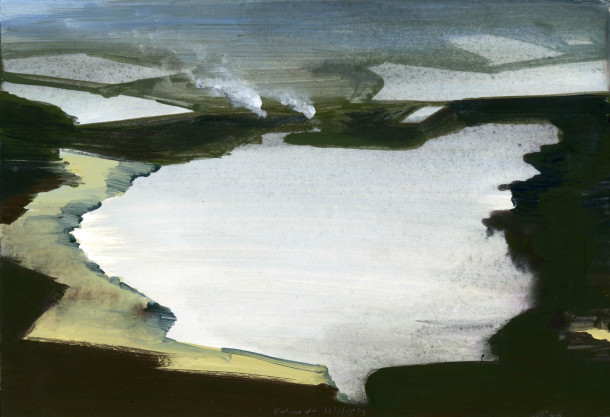

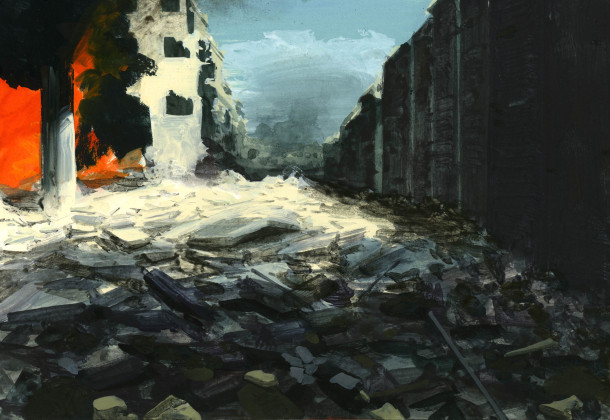
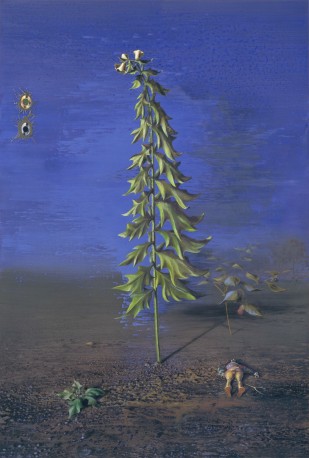
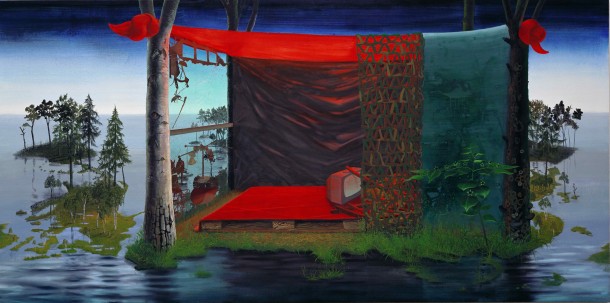
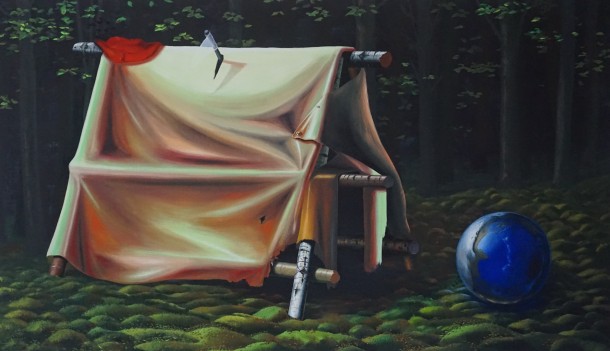
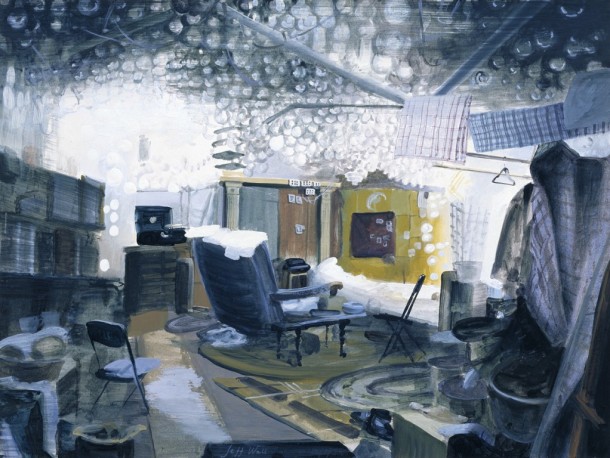
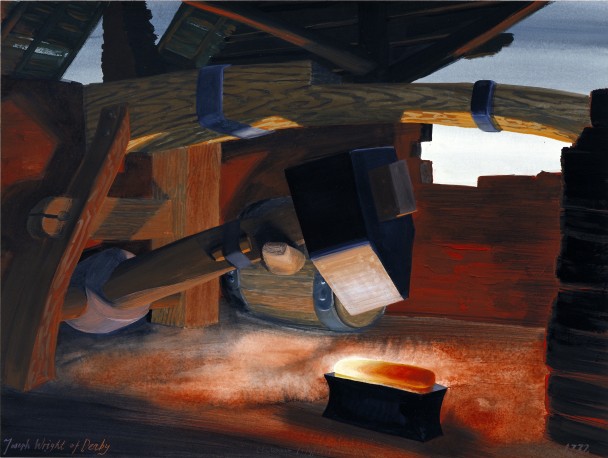

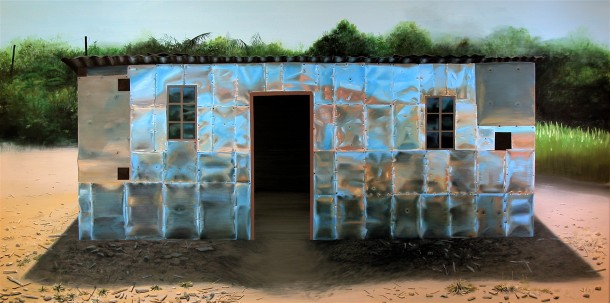














The opinions expressed by individual commentators and contributors do not necessarily constitute this website's position on the particular topic.